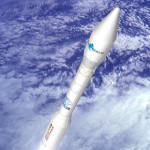 Vega is scheduled to launch on February 13, at 1000 UTC with eight student built amateur radio satellites. Internet video streaming of the launch will be available.
Vega is scheduled to launch on February 13, at 1000 UTC with eight student built amateur radio satellites. Internet video streaming of the launch will be available.
The launcher will first deploy the main payload, the LARES the Laser relativity Spacecraft and will then make an additional firing of the final OVUM stage before deploying the secondary cubesat payloads. The planned timing for these deployments, in order of ejection, are as follows:
- T0+ 4245.30secs 1st PPOD, with XatCobeo, e-st@r, and Goliat.
- T0+ 4255.30secs 2nd PPOD, with Robusta, MaSat-1 and PW-Sat.
- T0+ 4265.30secs 3rd PPOD, with UniCubeSat.
- T0+ 4275.30secs AlmaSat-1.
The Cubesats will not deploy their antennas until 1800 seconds after they leave their PODS. It is not known how soon AlmaSat-1 will start transmitting after deployment.
Vega Launch Cubesat Amateur Band Frequencies
| AlmaSat-1 | 437.465 MHz 1200 bps FSK, 2407.850 MHz |
| E-St@r | 437.445 MHz 1200 bps AFSK |
| Goliat | 437.485 MHz 1200 bps AFSK |
| MaSat-1 | 437.345 MHz GFSK 625/1250 bps (demodulator/decoder software), CW |
| PW-Sat | 435.020 MHz FM uplink, 145.990 MHz DSB downlink |
| Robusta | 437.325 MHz 1200 bps FM telemetry (data every 1 min, 20 sec. burst) |
| UniCubeSat | 437.305 MHz 9600 bps FSK |
| XaTcobeo | 437.365 MHz FFSK with AX.25 |
The university cubesat teams welcome reception reports. All observers are invited to submit reports via amsat-bb and to also join the CubeSat Internet Relay Chat channel to pass on their news and comments in realtime. You will need an IRC client such as the ChatZilla addon for FireFox or mIRC to join the cubesat chat. Connect to the irc.freenode.net server. Once connected to the server the /join #cubesat command will bring you into the channel. Many users set their chat nickname to “name_callsign”.
[PE0SAT thanks www.amsat.org for the above information]

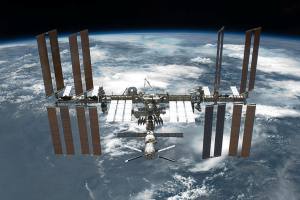 U.S. Space Command recommended the space station perform a debris avoidance maneuver on Friday, January 13, 2012 to move out of harms’ way and dodge a possible collision with the piece of space junk, said to be about 10 centimeters in diameter. The thrusters on the Zvezda service module fired at 1610 UTC on Friday to raise the orbit of the ISS.
U.S. Space Command recommended the space station perform a debris avoidance maneuver on Friday, January 13, 2012 to move out of harms’ way and dodge a possible collision with the piece of space junk, said to be about 10 centimeters in diameter. The thrusters on the Zvezda service module fired at 1610 UTC on Friday to raise the orbit of the ISS.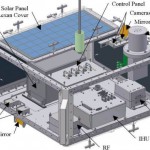 Reception reports indicate that ARISSat-1/KEDR has stopped transmitting on Wednesday, January 4, 2012. The last full telemetry captured and reported to the ARISSatTLM web site at 06:02:14 UTC on January 4 were received from ground stations as the satellite passed over Japan.
Reception reports indicate that ARISSat-1/KEDR has stopped transmitting on Wednesday, January 4, 2012. The last full telemetry captured and reported to the ARISSatTLM web site at 06:02:14 UTC on January 4 were received from ground stations as the satellite passed over Japan.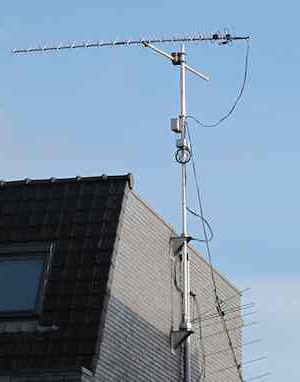
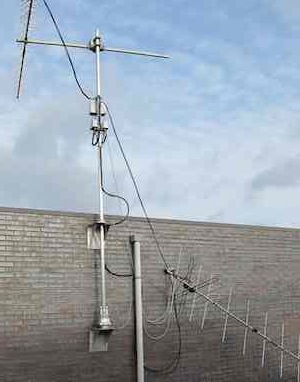
 The FO-29 Command Team reports from Japan that they have recovered the satellite after it had experienced a shutdown due to longer eclipse periods causing an undervoltage condition.
The FO-29 Command Team reports from Japan that they have recovered the satellite after it had experienced a shutdown due to longer eclipse periods causing an undervoltage condition.